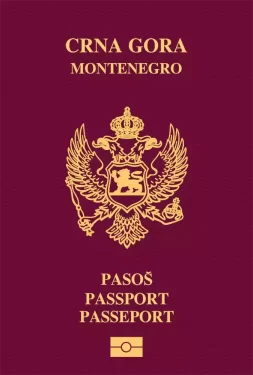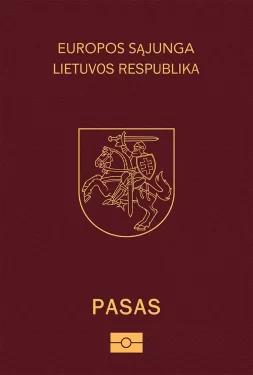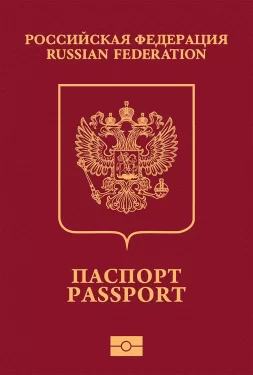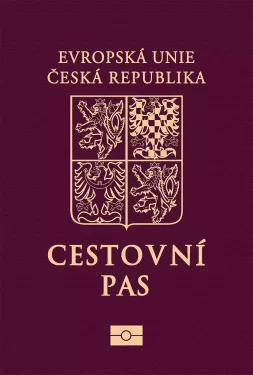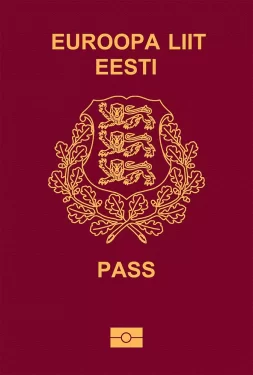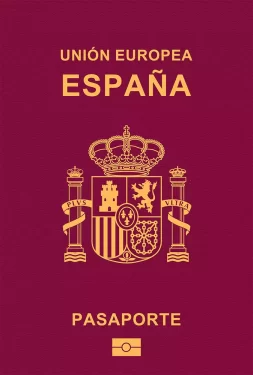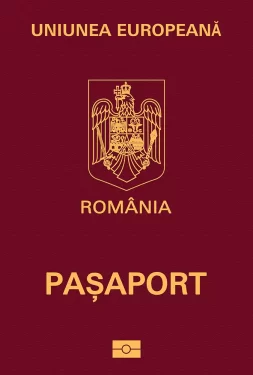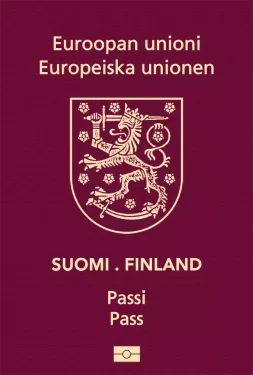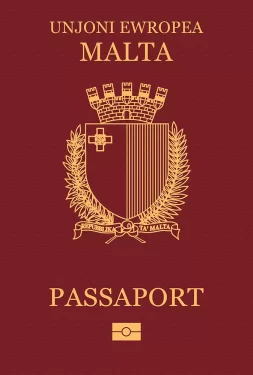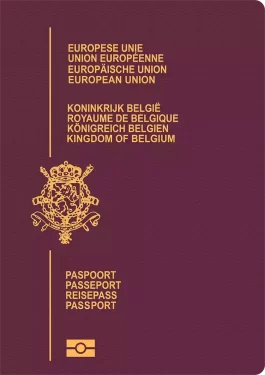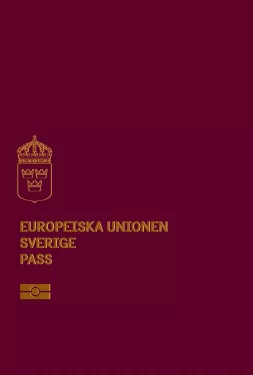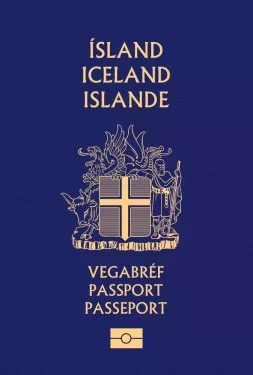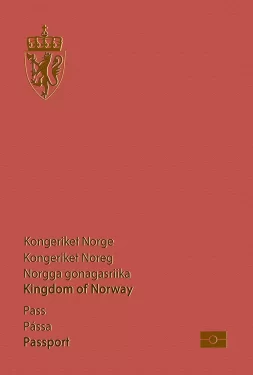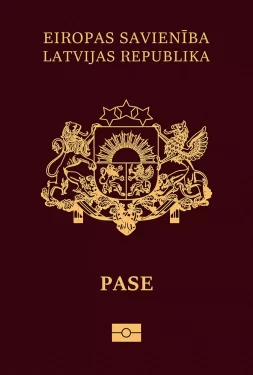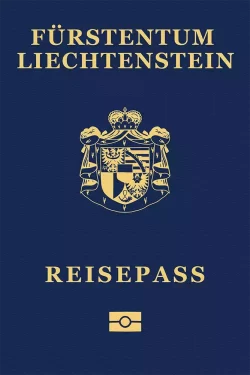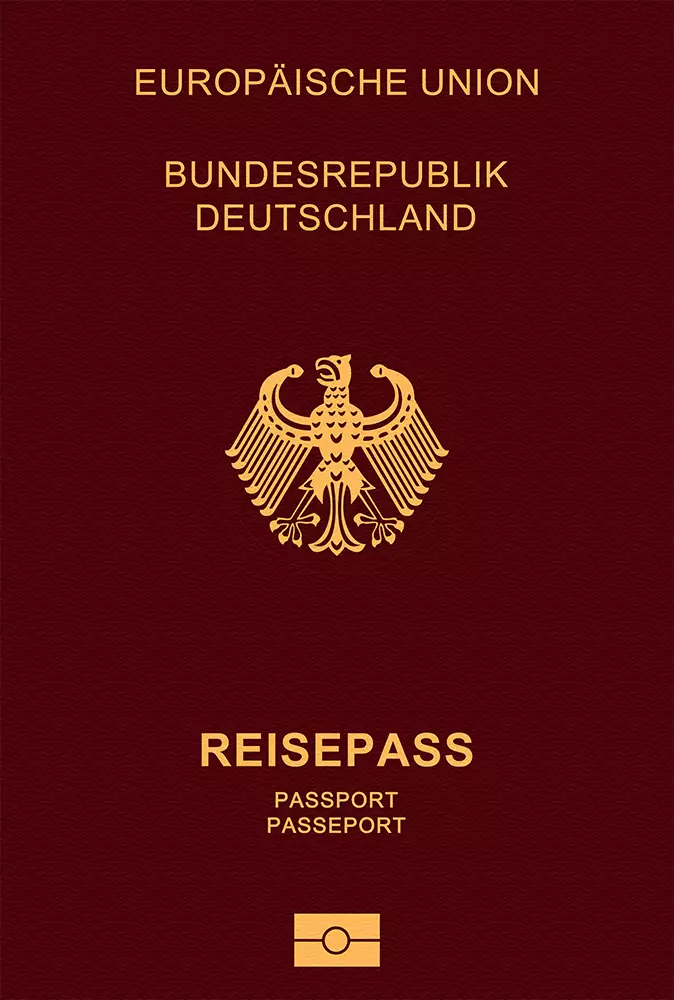
Germany
Germany passport ranking
The German passport is currently ranked 2nd place on the Guide Passport Index. It provides visa-free access to 193 countries. It is considered one of the most desirable passports in the world with a very high mobility score. German passport holders have visa-free access and visas on arrival to countries such as Brazil, Japan, United Kingdom, United Arab Emirates and United States allowing almost instant travel worldwide. German passport holders do however require a visa to enter about 36 destinations in the world. Some countries where a visa is required are India and Russia.
Germany Passport Ranking
The Germany passport ranking relative to other global passports is calculated by adding up the number of countries that allow Germany passport holders to enter without a visa (i.e. visa-free countries) and those that allow Germany passport holders to enter by obtaining a visa on arrival (i.e. visa-on-arrival countries) or an electronic travel authorization (eTA). There are currently a total of 150 Germany passport visa-free countries, 30 Germany visa-on-arrival countries, and 13 eTA destinations.
Altogether, Germany passport holders can enter a total of 193 destinations—either without a visa, through a visa on arrival, or via an eTA. As a result, the Germany passport ranks 2 in the world.
Separate from these Germany visa-free countries and visa-on-arrival countries, there are 36 additional destinations which Germany passport holders either need a physical visa to enter or an eVisa (i.e. visa required countries).
About Germany
The Federal Republic of Germany consists of 16 federal states and is part of the European Union. The nation’s neighboring countries are Denmark, Poland, Czechia, Austria, Switzerland, France, Belgium, Luxembourg and the Netherlands. The most important provinces are North Rhine-Westphalia, Bavaria and Baden-Württemberg. Germany has a surface area of 357,022 square kilometers. This makes it the 7th largest nation in Europe. Its climate is generally temperate throughout the country and marine on the coast. Its terrain is characterized by mountains in the south, uplands in the center and lowlands in the north.
The overall population is over 83 million people. The capital of the country is Berlin, which is also the most populous city with 3.7 million inhabitants, followed by Hamburg and Munich. The largest airport is Frankfurt Airport (FRA) with more than 70 million yearly passengers followed by Munich airport with 48 million annual passengers. Frankfurt Airport is the 4th largest airport in Europe and provides access to all parts of the world.
German culture is deeply rooted into the population with centuries of history. The majority of the population is of Christian belief. The official language is German. The legal system is the civil law. The government type is a federal parliamentary republic. The elected chief of state is currently President Frank-Walter Steinmeier. The head of government is Chancellor Olaf Scholz.
The official currency of the country is the Euro (EUR) with the current exchange rate being EUR 0.84 to the USD. The country has an open economy, generating a GDP of approximately $4.45 trillion, making it the largest economy in Europe. Its citizens have a per capita income of $53,571. The GDP is mostly made up of services and the industry sector. Its main goods of export are machinery, vehicles, chemicals and steel. The nation is amongst the world leaders in technology and production techniques mostly due to a very skilled and diverse labor force.
Germany is filled with a variety of urban, cultural and natural tourism destinations and attractions. It is especially known for its cities, castles, mountains and the sea, attracting tourists during winter and summer. It has 43 different UNESCO world heritage sites. Some of the major destinations include the capital Berlin, the Cologne Cathedral, the Black Forest, Neuschwanstein Castle, the Rhine valley and the Zugspitze mountain. The nation has a total of approximately 38 million tourists visiting every year. The majority of tourists are originating from Europe and the United States.
